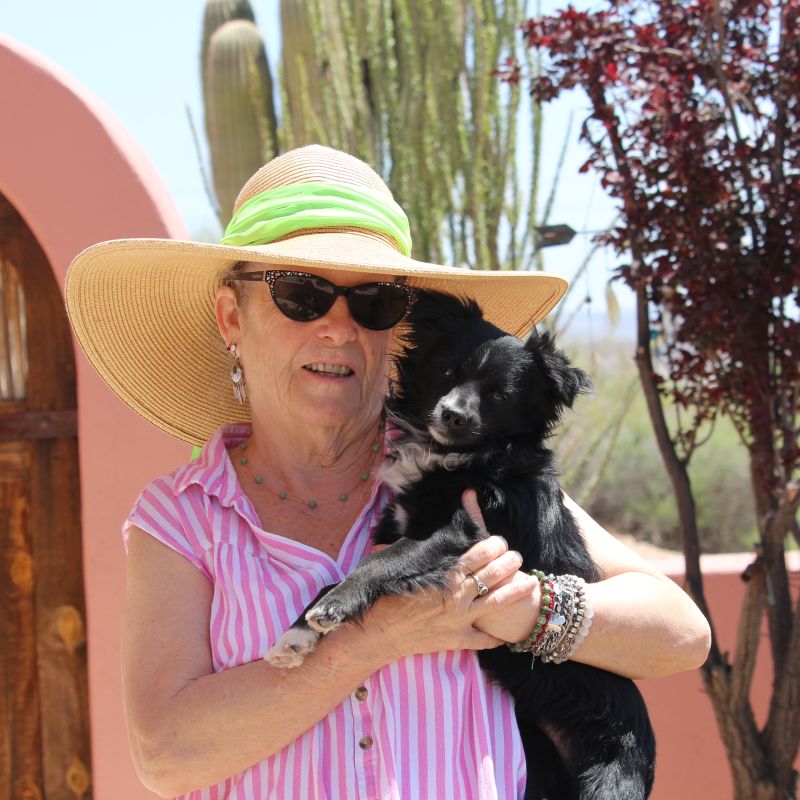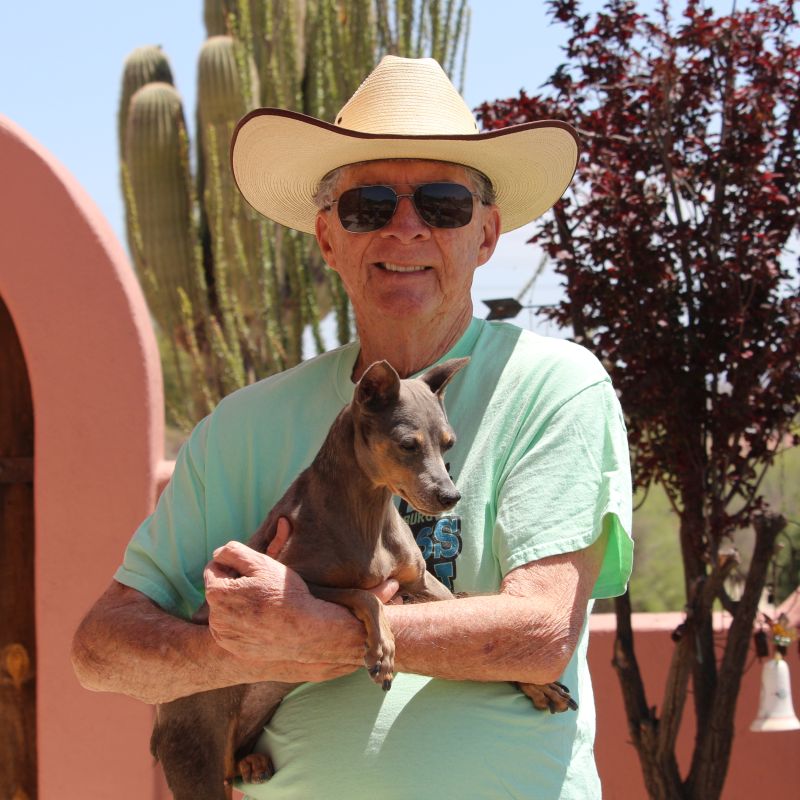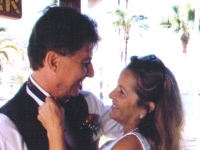 Wouldn’t you just know it that the hot water heater had to poop out on a weekend. Verna noticed she wasn’t getting any hot water when she started to wash the dishes this afternoon. We have a tankless water heater and I went out to the garage and checked to see what was going on with it.
Wouldn’t you just know it that the hot water heater had to poop out on a weekend. Verna noticed she wasn’t getting any hot water when she started to wash the dishes this afternoon. We have a tankless water heater and I went out to the garage and checked to see what was going on with it.
The heater, when working normally, will sound like a water pump is running only when someone has opened a hot water tap. Well, today, that sound is not happening. I looked on-line and at the owner’s manual and they both indicate that an error code should appear on the readout on the front of the heater. No error code shows up — just the temperature at which the heater is set, in this case 110°.
I will call our plumber on Monday morning. I don’t have any idea how long we will be without hot water since parts for repair may be hard to find. Meanwhile, we don’t have hot water unless we heat it up on the stove. I will report in updates to this post the steps it takes to restore our hot water.
Steps to restore Hot Water
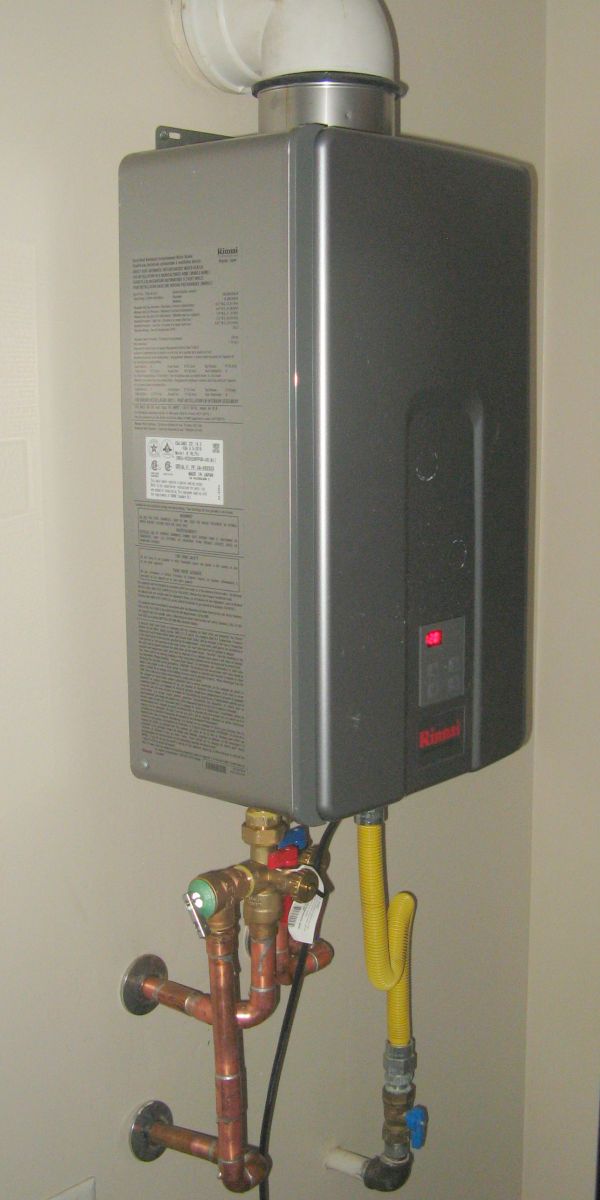
The New Tankless Water Heater
- Call the plumber
10/17/2022 — Our reliable plumber “Pete” that we have used in the past says that he is semi-retired and doesn’t work on tankless water heaters. I called the plumber Pete recommended, “George,” who is very busy this week. He will “try” and stop by to evaluate the problem and will recommend work to be done.
- Troubleshoot
10/18/2022 — George came by today and inspected the unit. He recommended replacing it even though it suddenly started working again yesterday. We agreed to replace the water heater with a new and improved unit. George will get the new unit on Friday and likely schedule an installation next week.
- Removal and Replacement
11/03/2022 — After about two weeks, the number of emergencies subsided enough that George and crew were able to install the new tankless water heater. It took them from 0630 until 0900 to complete the removal of the old one and installation of the new one.
Conclusion
The new water heater (pictured above) looks roughly the same as the old one and works the same, but will be more reliable providing we do the annual flushing that we somehow overlooked the last ten or eleven years with the old one.
![]()

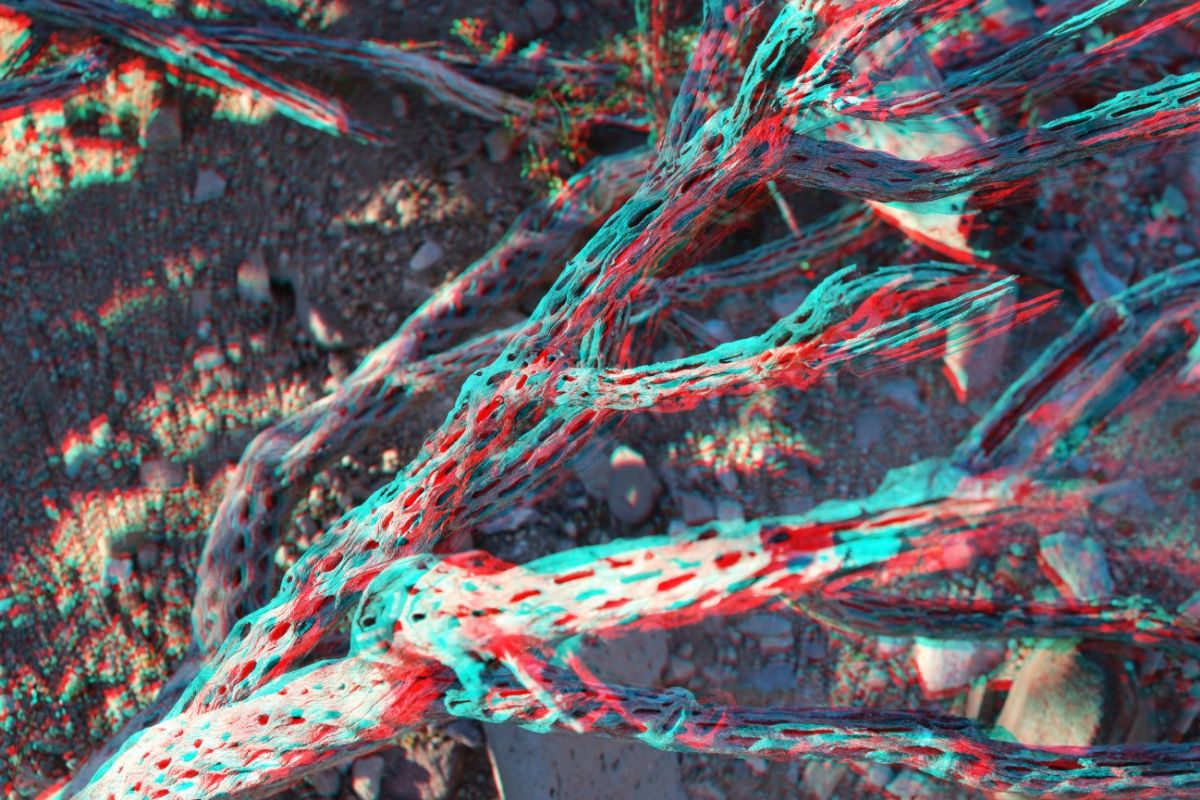
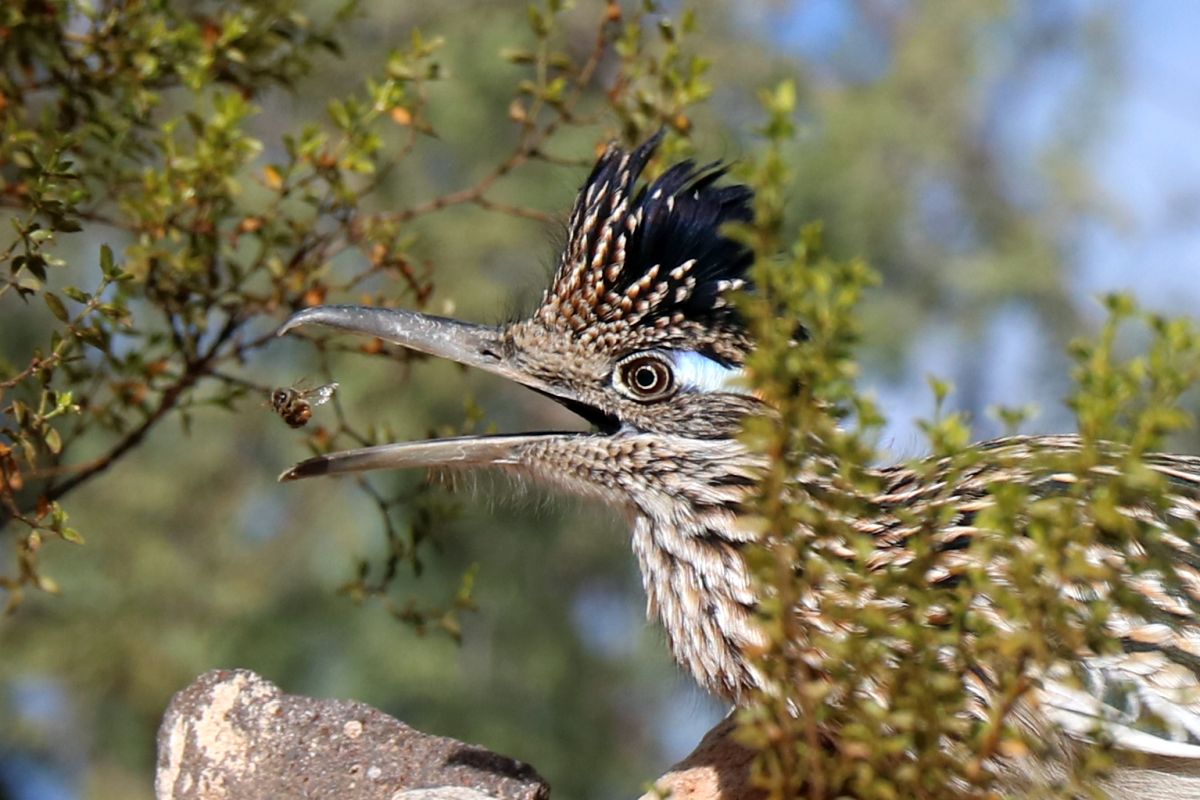
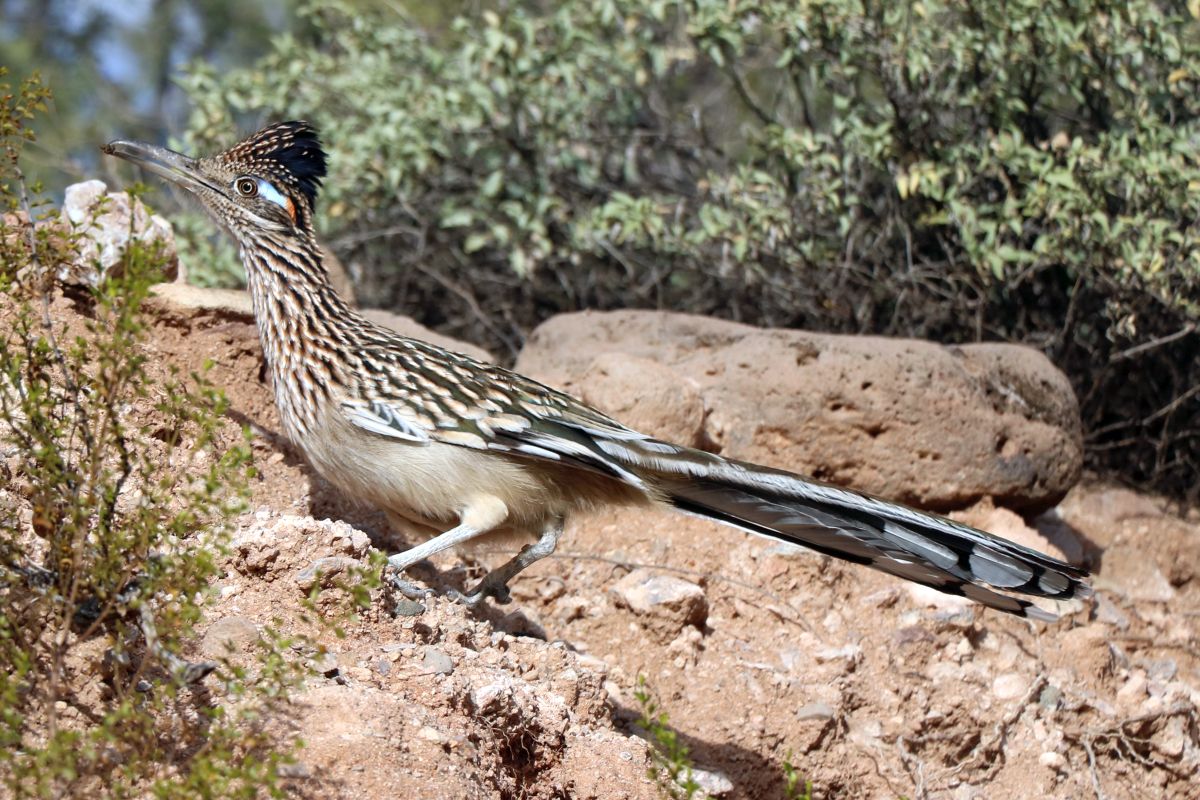
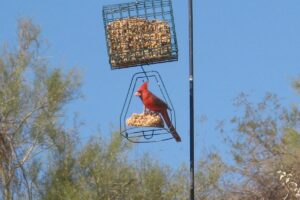
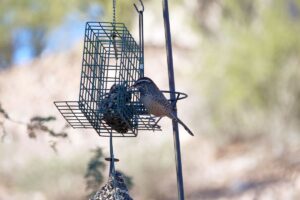
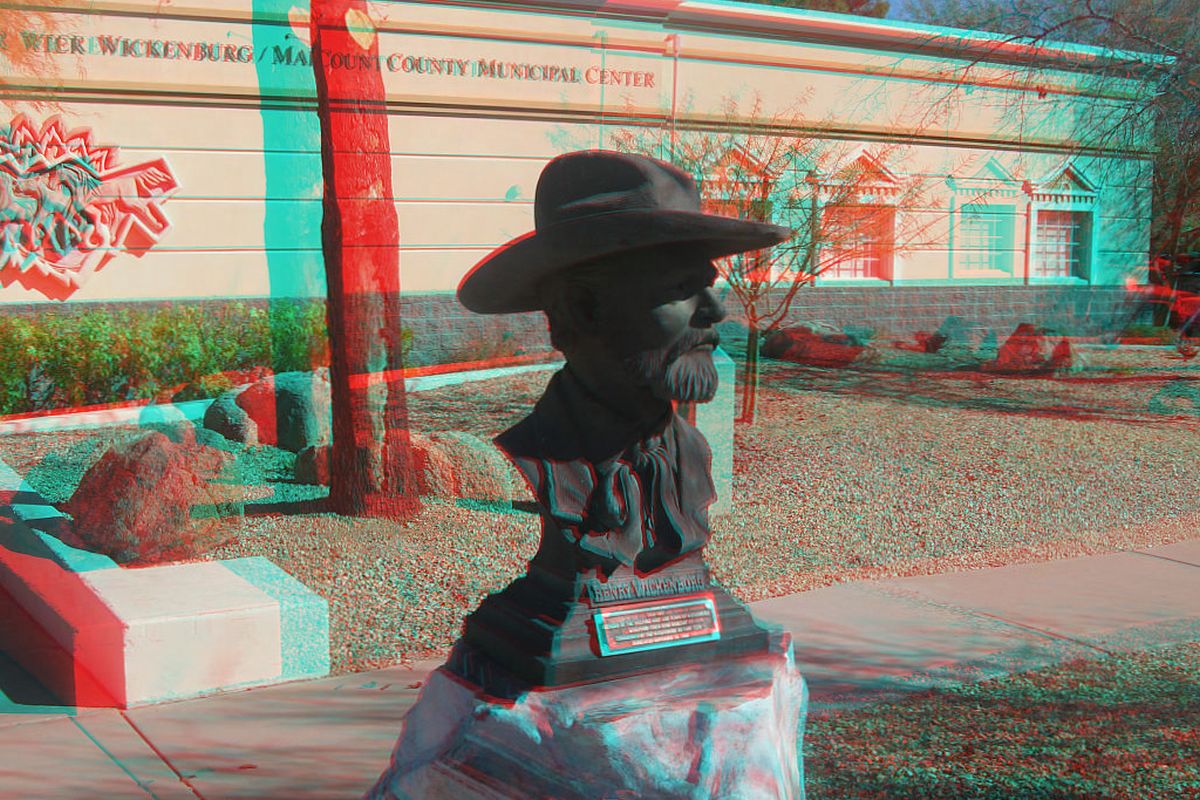
 Wouldn’t you just know it that the hot water heater had to poop out on a weekend. Verna noticed she wasn’t getting any hot water when she started to wash the dishes this afternoon. We have a
Wouldn’t you just know it that the hot water heater had to poop out on a weekend. Verna noticed she wasn’t getting any hot water when she started to wash the dishes this afternoon. We have a 
